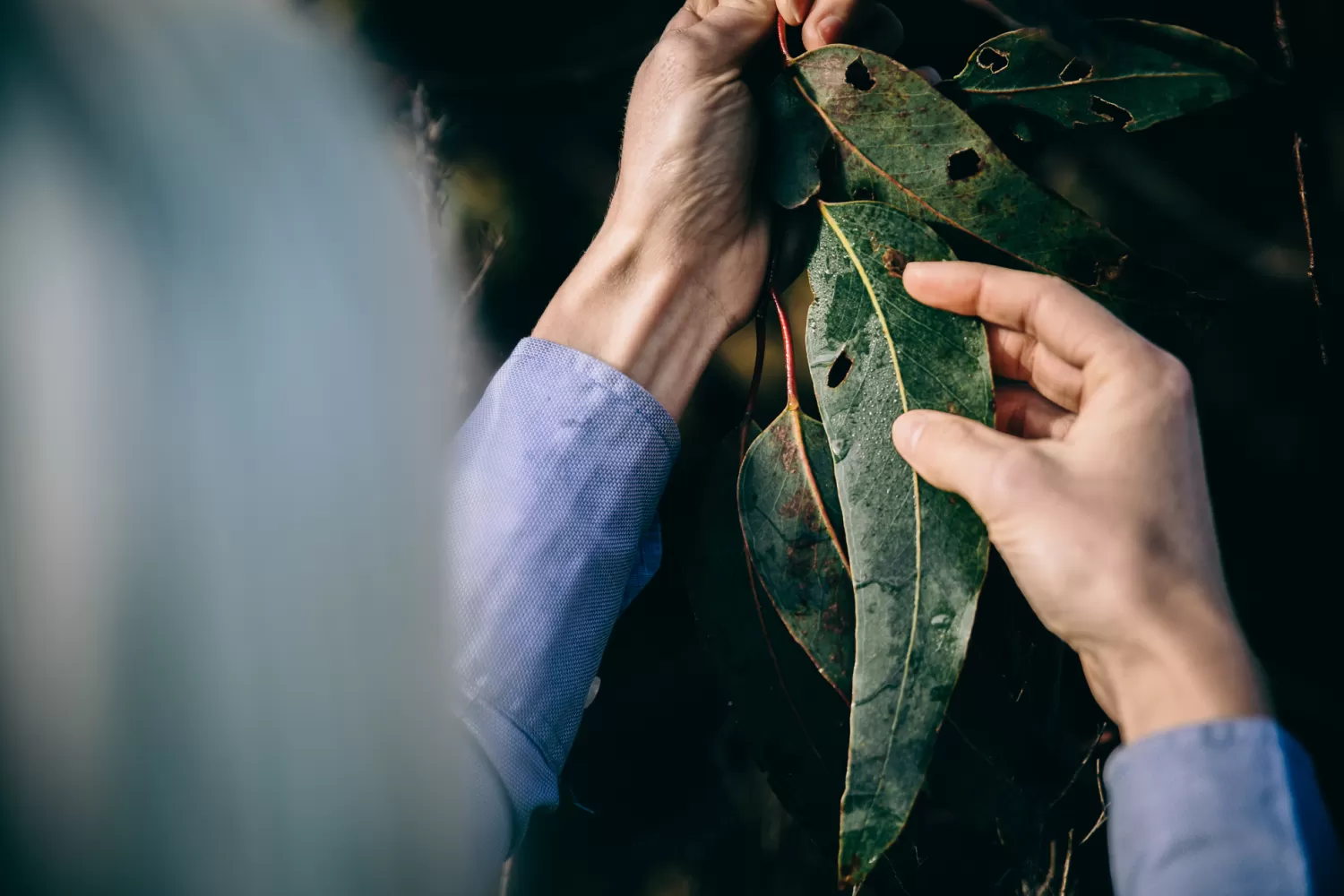Species guides
Selecting the right species for your land conditions is an important step in establishing a successful plantation
Tree species suited to Tasmania
There are a variety of tree species that are more suitable to plant given the environmental conditions in Tasmania.
Selecting the right species for your property's particular conditions is important for the successful establishment of a tree farm, plantation or shelter.
The following information will help you understand the premium species for tree farming in Tasmania, and how each should be planted, grown and maintained.

Eucalyptus
E.nitens (shining gum) is the most common plantation eucalypt species in Tasmania. In its natural environment it is primarily a sub-alpine species from high elevation sites in eastern Victoria and NSW, with excellent frost resistance, growth and form. It is a member of the southern blue gum group that includes E.globulus, although timber properties are more similar to the ash eucalypts. Uses include construction, flooring, joinery and pulpwood. E.globulus (southern blue gum) is generally from lower elevation sites in south east Tasmania. It is a dense, strong and relatively durable timber that has been used extensively for heavy construction and flooring and is an excellent pulpwood species. It is a very successful plantation species, having become the most widely planted eucalypt in the world. Growth and form are excellent on suitable sites, although frost resistance is only moderate.
Tasmania's premium native forest eucalypts for timber production include:
- Eucalyptus regnans (Mountain ash)
- E.tasmaniensis (Formerly E.delegatensis - White topped stringybark)
- E.obliqua (Brown stringybark).
These three species are members of the ash group and marketed collectively as Tasmanian Oak.
The prime use of Eucalyptus trees is appearance grade applications such as furniture, flooring and veneers, with pulpwood production a by-product from low quality logs.
FF Information Series EUCALYPTS No 1 Overview
124.0 KB
FF Information Series EUCALYPTS No 2 Establishment
110.4 KB
FF Information Series EUCALYPTS No 3 Clearwood Production
258.1 KB
FF Information Series EUCALYPTS No 4 Pulpwood Production
80.1 KB
FF Information Series EUCALYPTS No 5 Labour Estimates
84.1 KB
Radiata Pine
As a plantation species Radiata pine has become the most widely planted softwood species in the Southern Hemisphere. Its outstanding success as a plantation species is due to the following:
- Australia is relatively free from most natural pests and diseases of Radiata pine.
- Radiata pine is robust and relatively easy species to grow.
- Growth rate is rapid on suitable sites.
- There is a history of breeding for improved characteristics.
- There is a wealth of scientifically-based information on all aspects of growing Radiata pine more than any other species.
- There is a well-established market with a wide range of end uses.
- There are proven economic returns in excess of inflation when grown on suitable sites and appropriately managed.
Blackwood
Blackwood (Acacia melanoxylon) is native to Australia.
It is one of the largest and longest lived of the Acacias. It grows throughout most of Tasmania and much of eastern Australia, from south-eastern South Australia to northern Queensland.
Blackwood tolerates a wide range of soil types and rainfall zones. On dry, exposed sites with poor soils and low rainfall it can form a small shrub with no commercial value.
On high quality sheltered sites with high rainfall it can form large commercial timber trees up to 40m in height and 1.5m in diameter.
FF Information Series BLACKWOOD No 1 Overview
126.8 KB
FF Information Series BLACKWOOD No 2 Establishment
123.7 KB
FF Information Series BLACKWOOD No 3 Pruning Regime
521.0 KB
FF Information Series BLACKWOOD No 4 Thinning Regimes
125.9 KB
FF Information Series BLACKWOOD No 5 Labour Estimates
79.9 KB
Cypress
Cypress are coniferous softwoods belonging to the closely related genera of Cupressus and Chamaecyparis.
While most cypress species are grown for amenity and shelter purposes, commercial timber production is likely to be restricted primarily to Macrocarpa and Lusitanica, with smaller plantings of Lawson cypress and the hybrids Leyland and Ovens cypresses.




